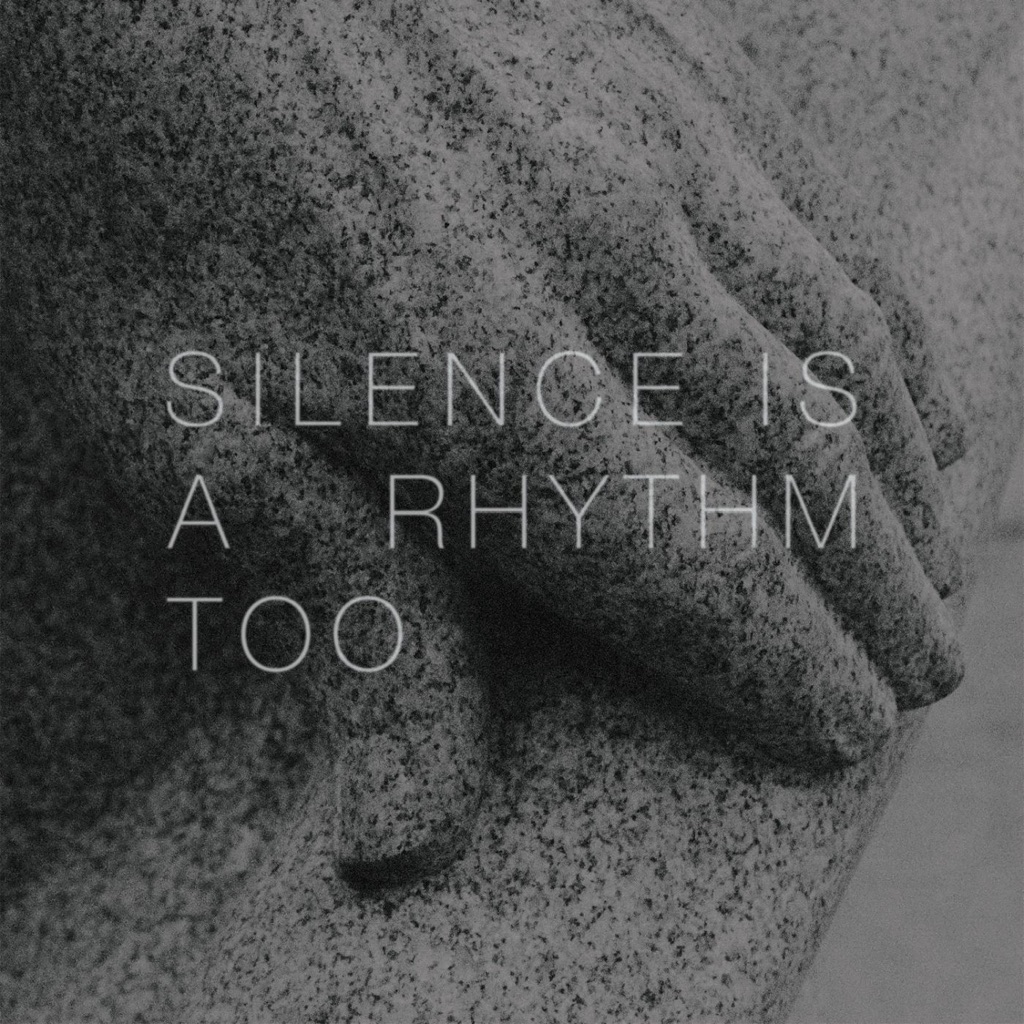
Silence Is a Rhythm Too
Matthew Collings is a Scottish-based composer. Not only being a solo recording and live artist, he collaborates regularly with artists from all kinds of fields including musicians (Ben Frost, Dag Rosenqvist from Jasper TX, Denovali label mate Talvihorros, Christos Michalakos or Euan Mcmeeken with whom he forms the duo Graveyard Tapes), dancers and filmmakers. He’s responsible for several installations using custom-made software, which have been exhibited at Burning Man Festival/ San Francisco or Glasgow's Centre for Contemporary. His work for films includes a specially commissioned live score for Dziga Vertov’s 1929 silent classic, ‘The Man with the Movie Camera’ and an invitation to work on ‘The Invisibles’, a commission from Amnesty International. Before settling down in Edinburgh, he lived in Iceland for six year, where he wrote a number of albums issued under the name of his lo-fi/ambient project “Sketches for Albinos”. His music can be roughly described as 'an elemental whorl of electro-acoustic (de)composition' (Boomkat.com), ranging from tiny delicate moments of intimacy to all consuming noise. Strongly influenced by avant-garde guitar music, it calls the minimal music of Steve Reich or Gavin Bryars to mind in like manner. Having received remarkable praise for his debut “Splintered Instruments”, Denovali Records is re-releasing the debut album accompanied by the release of his new and second full length album entitled “Silence Is A Rhythm Too”. The title of the record goes back to a line from a 1980ies punk/new wave song by The Slits called 'In The Beginning There Was Rhythm', though Matthew Collings has mostly been pre-occupied creatively by an idea of painter Mark Rothko, when creating the album. Following Rothko’s statement, that the only things worth making art about were romance, tragedy and death, Matthew Collings condensed and transferred this thought to the antithesis of life and death represented by noise and silence. “Silence Is A Rhythm Too” isn’t conceived as the absence of sound like a Cageian silence that is simply a span of time that is empty, but rather how silence and sound can be processed in a composition. Collings interest is musically based on huge densities of sound just as he’s fascinated by opposing forces to wrestle with each other. Silence seems to be harder and harder to achieve in this technologically saturated age and Matthew Collings admits that it reveals the habits of his own hearing, from being obsessed with its opposite: noise. “Silence Is A Rhythm Too” is about trying to find grace, space and expanse as much as tension and menace, and reconciling the two. Stepping away from song-like structures, which filled his previous record, “Splintered Instruments”, creates more spacious sounds and evokes the impression of time stretched through the three dimensions. Still being intrigued by the idea of materials on the edge of collapse, he catches them up in their dying breath: The record is full of these processes, including prepared amplifiers and electronics pushed to the extreme to coax new sounds, close-micing and high volume. Despite the fact that most of his work is mediated by technology, he’s far more excited by the sound of acoustic. Featuring brass ensembles and a string quartet the instruments and sounds are full of cracks, breath, embedding rough materials informed by luscious intentions. Real instruments and real acoustic spaces are used as much as possible during the production such as the electronics, were played out into concert halls and large rooms and re-recorded. “Silence Is A Rhythm Too” keeps an eye on the small textural details as it is about harmony and physicality in the moment where silence and noise meet.


